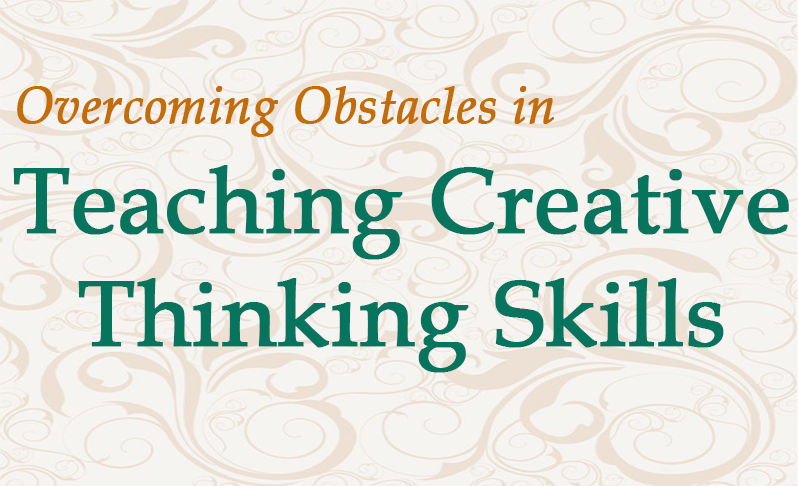An ever-increasing number of professors are teaching creative thinking skills as part of higher education curriculum. As with other disciplines, these teachers are facing an onset of unique obstacles.
Joining New Forums Press are Eastern Kentucky University’s Co-Directors of the Teaching & Learning Center (Ph.D. Charlie Sweet and Ph.D. Hal Blythe) as well as the Director of the Noel Studio for Academic Creativity (Ph.D. Russell Carpenter). In this interview, they share how professors can overcome obstacles common to both teaching creatively and teaching applied creative thinking.
Follow the discussion and submit questions on Twitter at #ScholarChat.
Teaching Creative Thinking Skills Key Takeaways
As the professor, you are expected to know everything in your discipline. That approach is not always the case in the creative classroom. You’re looking to the students to develop new knowledge and contribute to the conversation. When it comes to the creative classroom, a different set of demands emerges. While you are the subject-matter-expert, you have to know when it’s best to get out of the way and let students take over—i.e., let the students guide each other and the class.
- Cede some control. Teaching creative thinking skills, then, necessitates being willing to surrender some authority to the students. You have to be willing to watch them make mistakes, even when you know they’re going down a dead-end road. Rather than constantly correcting or micro-managing, you have to let students go down that road to find out it’s a dead end. To teach creativity effectively is to relinquish authority so students will have the opportunity to share ideas that are new, provisional, or non-tested. (Tweet this quote.) This process helps determine the success of a truly creative classroom.
- Model. You’re not just a mentor. You have to exhibit creativity both in what you teach and the way you teach it. (Tweet this quote.)
- Start small. The project of changing from a traditional to a creative classroom can be overwhelming. Don’t think you necessarily have to change everything in one semester. Start with one assignment or lecture that could be more engaging or interesting. Collaborate with other professors to teach a class or write an article.
- Begin with two premises—all people have the germ of creativity within them, and creative thinking can be nurtured in the classroom. Teachers will often discover that they are more creative than they originally thought and their definition of creativity is altered. As creativity is often tied to the arts, people in chemistry, physics, social studies, and other fields often believe they cannot be creative. They can be if they are willing to look for the creativity within.
- Take risks. Don’t be afraid to let your students fail . . . or yourself.



